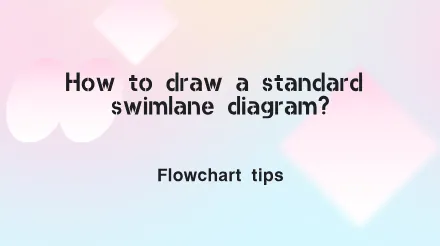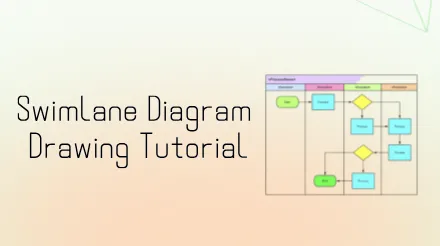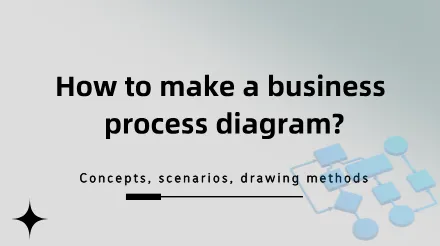How to create a fishbone diagram? Tutorials and templates As a visual analysis tool, the fishbone diagram has been used by more and more people who realize its importance. It seems simple, but there are actually many key points in operation. A professional fishbone diagram can help us focus on the cause of the problem rather than the symptoms. Next, we will elaborate on the introduction of the fishbone diagram analysis method, the classification and application of the fishbone diagram, the drawing of the fishbone diagram, the key points of drawing the fishbone diagram, and the selected case templates.









